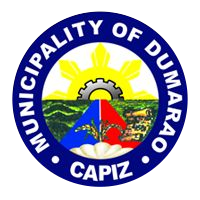Barangay Calapawan
 During the Spanish era Barangay Calapawan played a significant role in the resistance against Spanish colonization. The community was known for its strong sense of resilience and unity, which evident during times of conflict.
During the Spanish era Barangay Calapawan played a significant role in the resistance against Spanish colonization. The community was known for its strong sense of resilience and unity, which evident during times of conflict.
In the late 18th century, tensions between the local population and the Spanish authorities became more intense, leading to the outbreak of armed conflict. The Spanish forces sought to suppress the growing sentiment of nationalism and independence among Filipinos, while the local residents of Barangay Calapawan were determined to defend their land and freedom.
The people of Barangay Calapawan, led by courageous leaders, utilized their knowledge of the land to defend it against the Spanish. They created the “Paksol” (Paksol is a man-made underground shelter where the native people could hide), which allowed them to evade the Spanish forces. This tactic made it difficult for the Spanish colonizers to successfully conquer the area. Every time the Spanish forces attempted to invade, the locals would retreat to these shelters, and the place would remain hidden, causing the Spanish to fail in their efforts to colonize the area. Because of this, the place was often referred to as “Lapaw” (which means “hidden” or “concealed”), and eventually came to be known as Barangay Calapawan.
Despite facing significant challenges, the people of Barangay Calapawan remained steadfast in their fight for freedom. During the Spanish era, Calapawan was known for its production of bamboo, corn, rice, and tuba (or buri wine), which was a popular drink among the locals.
Throughout the American period and the post-World War II era, Barangay Calapawan continued to develop and expand. Agriculture remained the primary source of livelihood, with rice farming being the main activity. The Barangay also saw improvements in infrastructure and public services, including the construction of schools and roads.
In recent years, Barangay Calapawan has continued to grow and evolve, with a focus on community development, environmental sustainability, and disaster resilience.
Barangay Calapawan is a barangay in the municipality of Dumarao, in the province of Capiz. It has a total land area of 3,181.6 square kilometers.
The barangay has an agricultural area of 309.19 hectares, 97.18% of its total land area. Rice and bamboo plantations are abundant in the barangay. Part of their agricultural diversification activities are livestock and backyard native chicken farming.
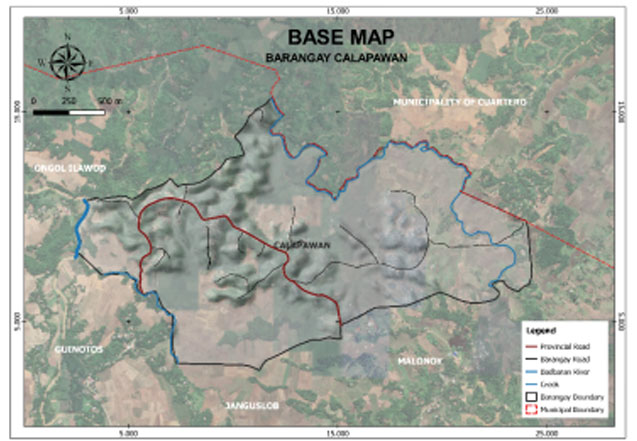
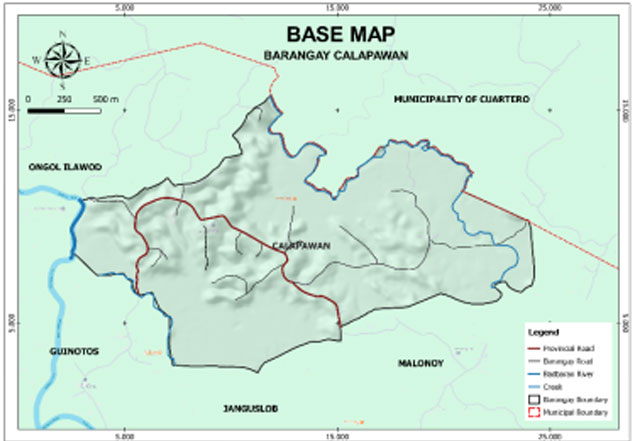
Geo- physical Hazards
Calapawan is exposed to 3 types of hazards: rain-induced flooding with 3 susceptibility levels: high, moderate, and low, rain-induced landslides with low susceptibility levels and KARST Subsidence.
An area of 41.16 hectares or 7.21% of the total land area has a high susceptibility level for rain-induced flooding. Moderately susceptible have an area of 22.94 hectares or 12.94 %, while 218.20 hectares or 68.58% have low-level susceptibility.
The entire total barangay land area is susceptible to low-level landslide and susceptible to high subsidence.
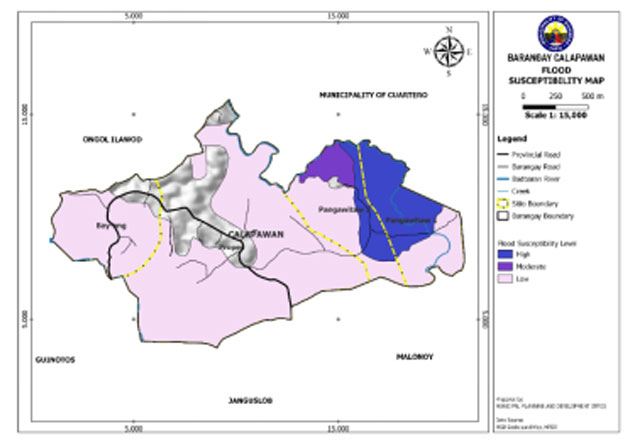

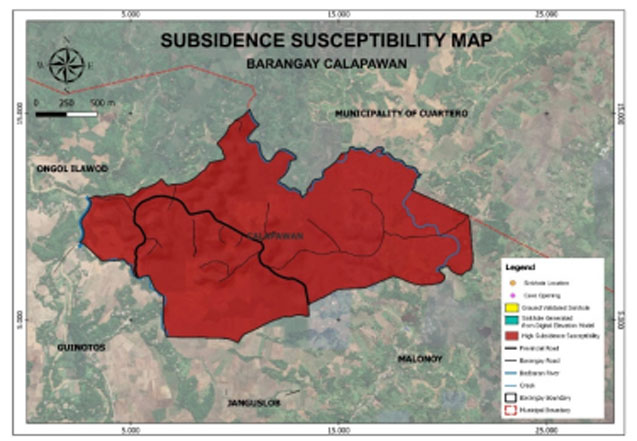
Demographics
Household
The household population of Calapawan in the 2020 Census was 1,108 broken down into 287 households or an average of 4.19 members per household.
Population by age group
According to the 2020 Census, the age group with the highest population in Calapawan is 20-24, with 11.55% or 128 individuals. On the other hand, the age group with the lowest population is 75-79, with 0.90% or a total of 10 individuals.
Combining age groups, those aged 14 and below, consisting of the young dependent population which includes infants/babies, children, and young adolescents/teenagers, make up an aggregate of 27.53% (305). Those aged 15 up to 64, roughly, the economically active population and actual or potential members of the workforce, constitute a total of 64.98% (720). Finally, the old dependent population consisting of the senior citizens, those aged 65 and over, total 7.49% (83) in all.
Historical population
The population of Calapawan grew from 908 in 1990 to 1,108 in 2020, an increase of 200 people over the course of 30 years. The latest census figures in 2020 denote a positive growth rate of 2.86%, or an increase of 139 people, from the previous population of 969 in 2015.
Adjacent barangays
Calapawan shares a common border with the following barangay(s):
- Malagab-i, Cuartero, Capiz
- Agdahon, Cuartero, Capiz
- Lawaan, Dumarao, Capiz
- Ongol Ilaya, Dumarao, Capiz
- Ongol Ilawod, Dumarao, Capiz
- Guinotos, Dumarao, Capiz
- Malonoy, Dumarao, Capiz
- Janguslob, Dumarao, Capiz

